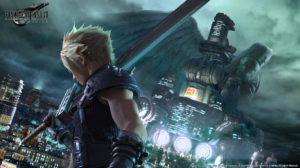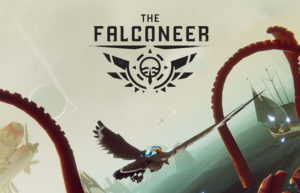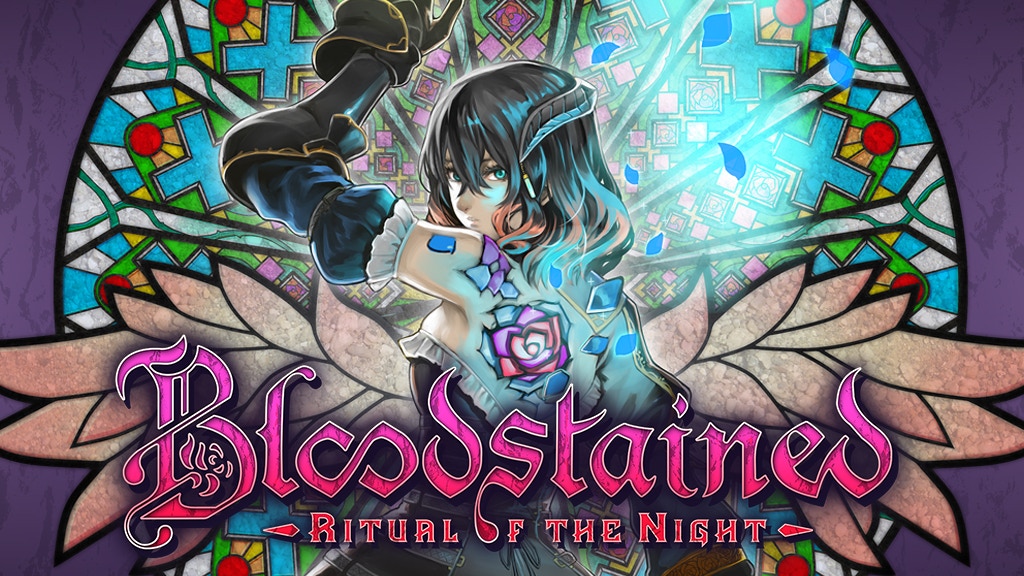
Photo courtesy of 505 Games and ArtPlay
During PAX East I made time with publisher 505 Games to see one of the most highly anticipated upcoming Kickstarter projects, Bloodstained: Ritual of the Night. Initially funded in 2015, the project was the most highly funded video game Kickstarter at the time, in large part due to Koji Igarashi’s involvement. Igarashi is best known for his association with the Metroid-influenced entries in the Castlevania series. He served as assistant director on the seminal Castlevania: Symphony of Night, and oversaw the production of most of the GBA and DS titles in the series that followed the same exploration focused design principles of that influential PS1 game. The most immediately obvious characteristic of Bloodstained is how deeply it is tied to this legacy. Considered a spiritual successor to this string of early 2000s Metroidvania titles, Bloodstained similarly puts a focus on exploration, action platforming, RPG leveling, collecting weapons, and finding new abilities.
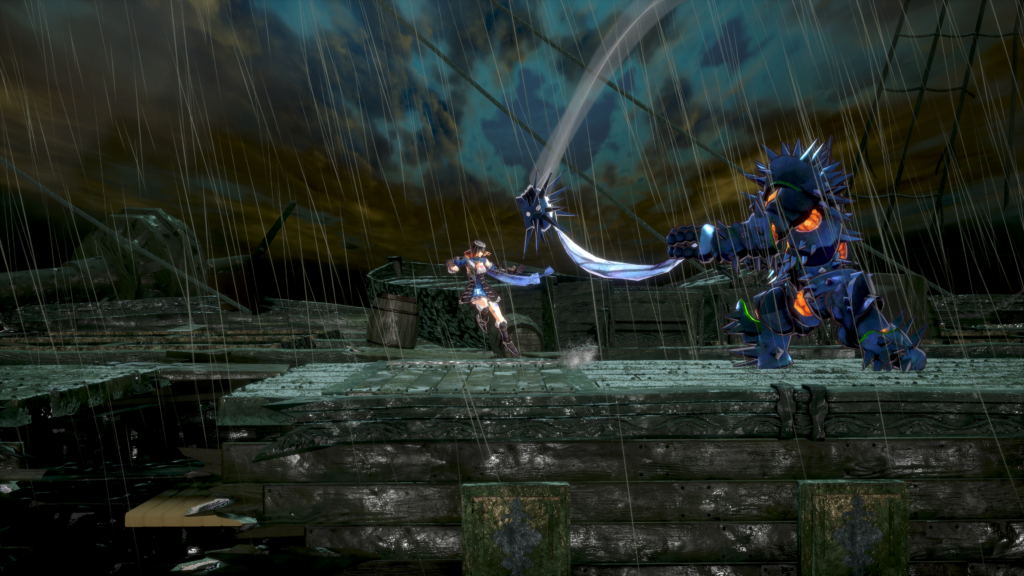
Although the world is presented in 2.5D instead of pixel-art, like its predecessors, the aesthetic similarly bears homage to Gothic horror. You may not be fighting against the forces of Dracula, but you are constantly battling various fantastical creatures like werewolves, warlocks, and floating squid monsters. While the background art doesn’t have the same striking clarity of its pixelated counterparts, the character models pop thanks to their stylish designs and the strong contours of their emulated line-art. The soundtrack also firmly ties the proceedings to Castlevania with layered baroque instrumentation that is equal parts unnerving and inspiring. The work of composer Michiru Yamane, who was also the composer Symphony of the Night, feels like one of the most direct connections to the series that inspired it.
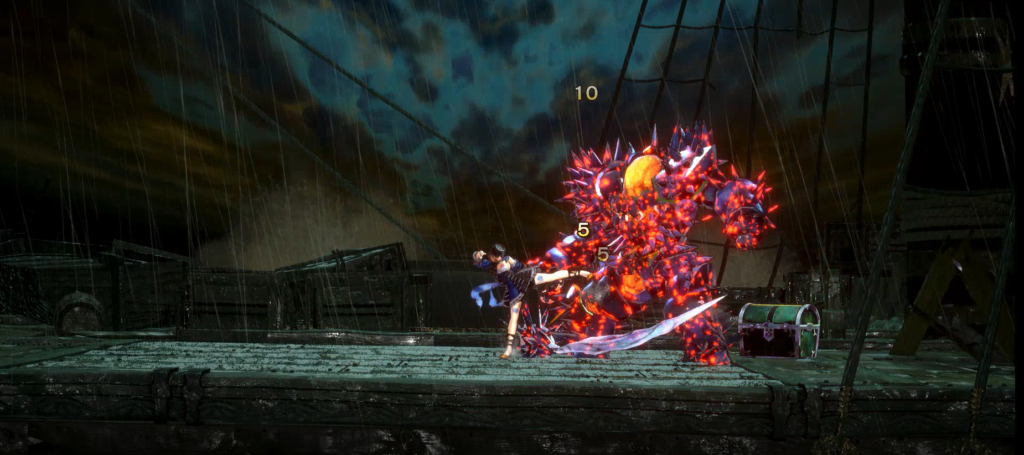
Mechanically, Bloodstained is very much a Metroidvania game, and more specifically one in the mold of the RPG platformers that Igarashi is associated with. As can be expected of this subgenre, you explore a large semi-open world that keeps track of the locations that you have visited on a grid-based map. By uncovering new abilities, it becomes possible to reach new locations, encouraging backtracking. Similar to the Castlevania games that followed Symphony of the Night, by killing monsters you gain XP to level up and improve your base stats. There are also tons of different weapons, each of which has a different feel and varying offensive stats. Among the arsenal of weapons that I tried in the demo, I found the spear and starting rapier to be the most satisfying, their quick windup time giving the combat a snappy cadence. While the heavier weapons were a little too sluggish for my tastes, their usability is bolstered by the universal ability to perform a back-dash at almost anytime, even during your own attack animations. To slay the monsters you come in contact with, you must often combine platforming and offense, vaulting over projectiles, lunging towards flying enemies, and navigating around shields to deliver death blows. Given how the game has been billed, it is very much an intentional emulation of retro action platformers.
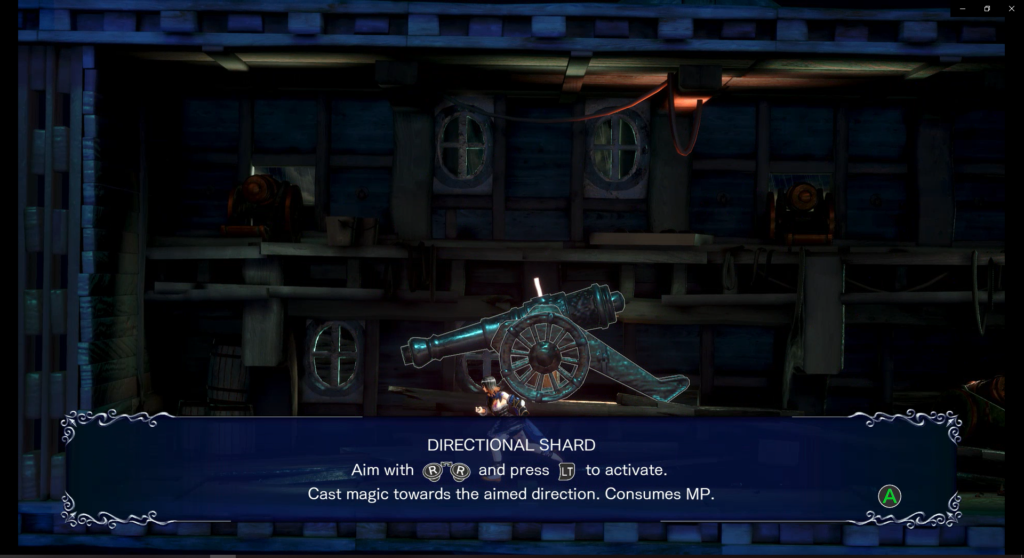
However, the shard system is a major distinguishing characteristic of Bloodstained from both other Metroidvania games and the Igarashi Castlevanias. Shards have a wide range of effects, such as enabling passive stat boosts, giving new offensive capabilities, summoning familiars, and in some cases, granting permanent new abilities that are essential for navigating the world. Many of these shards are received from defeating opponents, their properties derived from the slain monster. For instance, when you kill a floating squid monster you can potentially gain its ability to shoot liquid orbs of magic. In the demo I played, I received these various types of shards quite frequently, implying that gaining these shards will be a frequent source of new tools to fight the supernatural hordes.
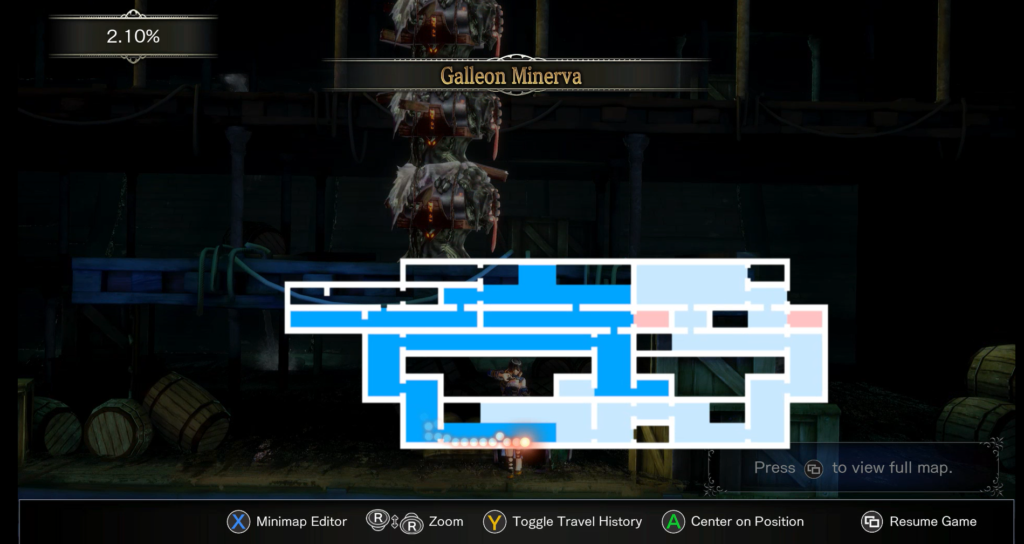
In a gaming landscape that is so inspired by many of the titles that Igarashi worked on, my biggest question about Bloodstained is whether or not it will be able to differentiate itself from the mob of other games in the genre. The shard system is certainly unique, and will hopefully grant a diverse array of attacks that will each have their own specific uses. It also helps that the last Castlevania game made in this style was Order of Eclessia, which came out in 2008. Although the structure of these games has been thoroughly co-opted at this point, the specifics of the action-platforming gameplay have not been copied to death. While I heard complaints about the frame rate of the Switch port, on the PC build I played things controlled quite smoothly. All things considered, I’m quite hopeful that Bloodstained will live up to the lofty weight of its predecessor’s legacy.
Photos courtesy of 505 Games and ArtPlay


